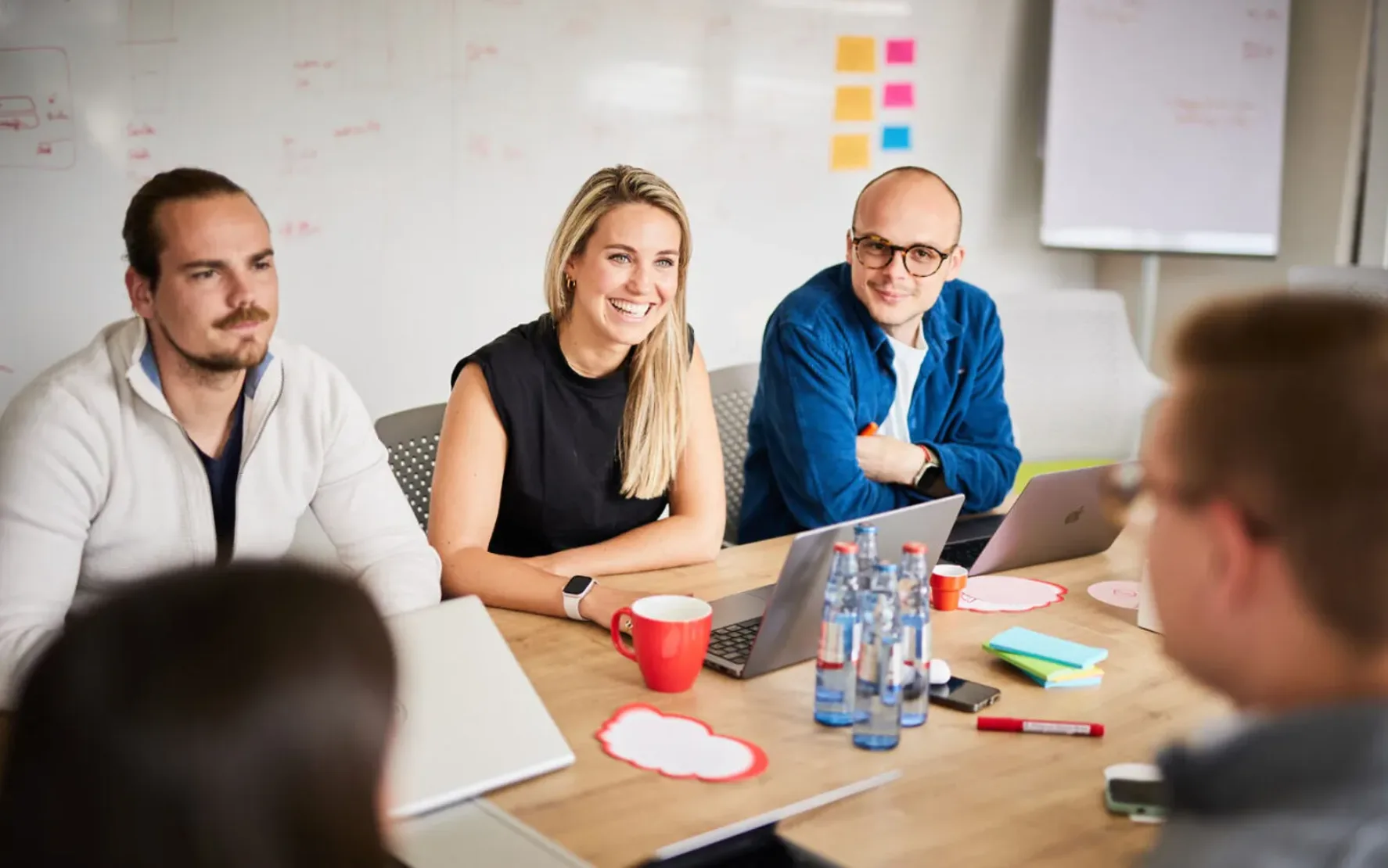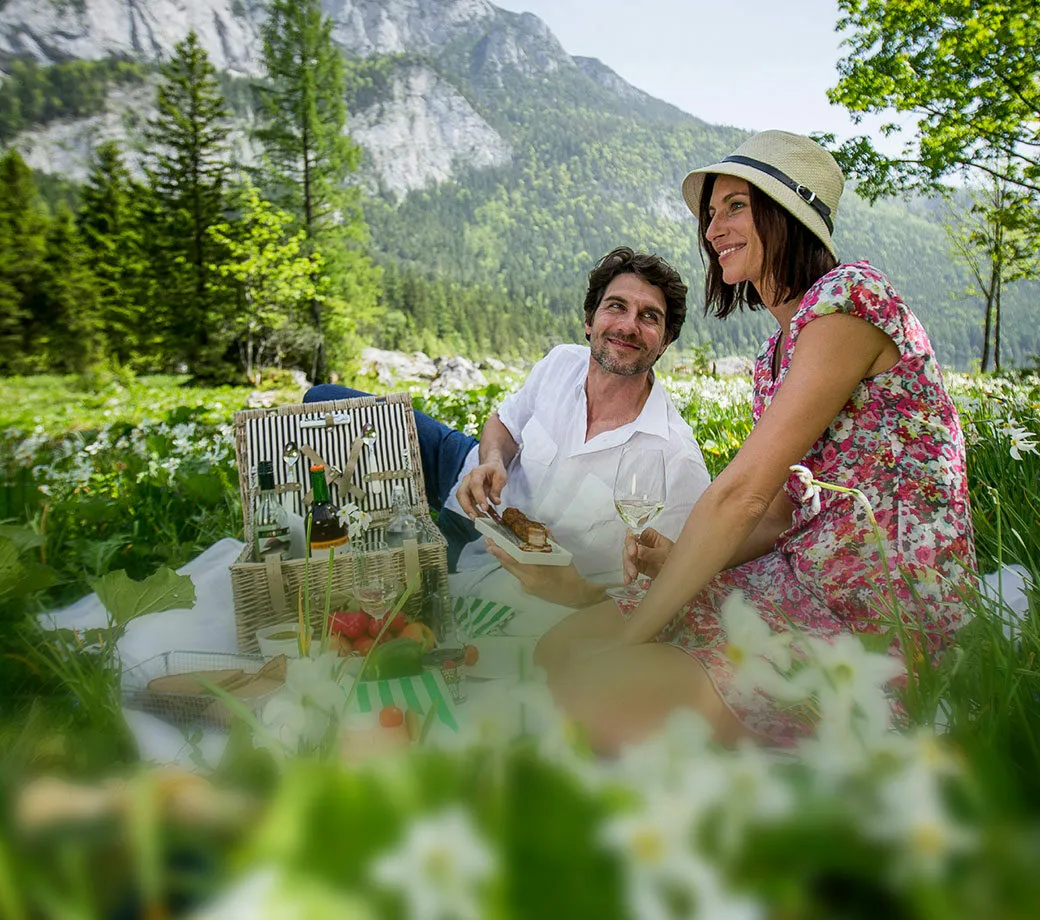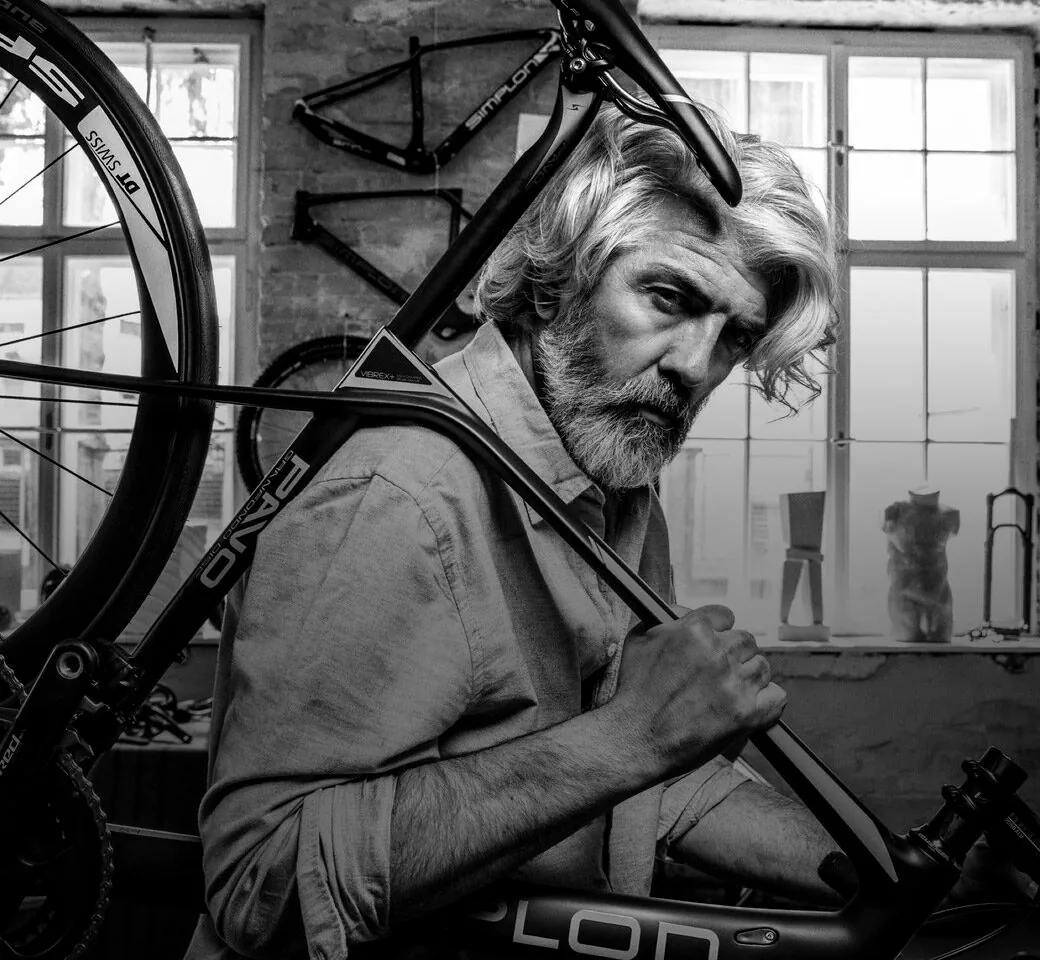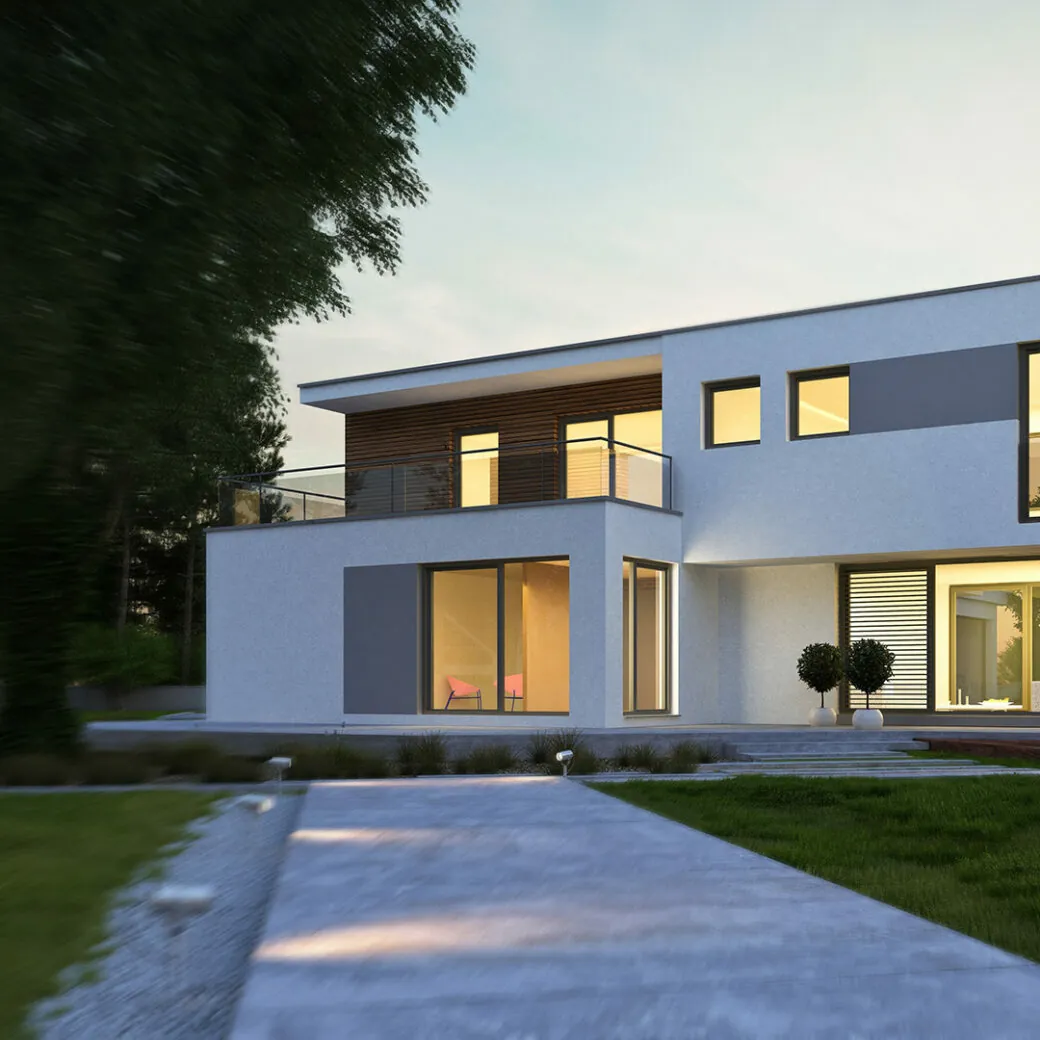The foundation for the conception and design of successful projects is always a comprehensive understanding of user needs. Only those who know their users, their specific tasks, wishes and pain points can develop customized solutions and create an excellent user experience. In the Discover phase, we thus focus heavily on the users’ characteristics, tasks and typical contexts of use.
Interviews with test subjects from all relevant user groups provide authentic insights into user behavior. We use the information gained in the interviews to prioritize user groups and derive personas from them. As representatives of the target groups, personas help establish a clear and tangible picture of the goals, needs, challenges and wishes of the users. Working with personas is a proven and helpful tool for keeping users at the center of all efforts throughout the development process.
Based on the personas, the future journeys of all user groups are outlined in the form of a customer journey map. We show how users navigate through the pages and make visible what users experience and how they evaluate this experience. This enables us to identify weaknesses and pain points in the process and derive concrete measures to resolve them.






